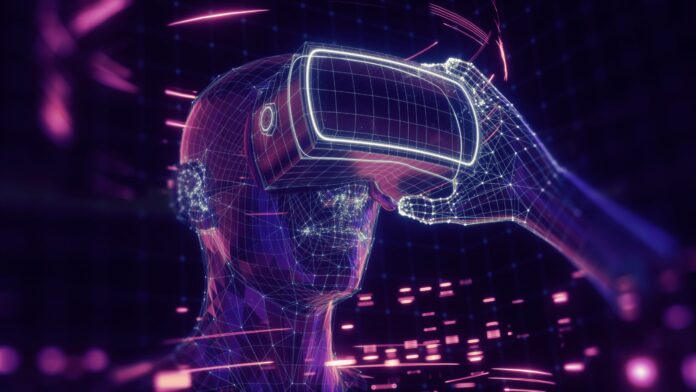For the metaverse to go mainstream, there are questions that need answering around standardization, market development, governance and UI
The metaverse isn’t a single thing. It’s a confluence of technologies, some established and some developing, that could, if a number of factors align, reshape the way many people work and play. In a new piece from Deloitte, “A Whole New World: Exploring the metaverse and what it could mean for you,” the consultancy looks into what the metaverse really is (or will be), why it seems to currently be having something of a moment, focus areas for ongoing development, and, perhaps most importantly, what businesses need to be doing now to ultimately capitalize on the metaverse.
Deloitte frames the metaverse as consisting of major technologies that our readers are certainly familiar with: extended reality (XR) devices, edge and cloud computing, 5G and 6G cellular networks, artificial intelligence and machine learning, the internet of things (IoT), “volumetric scanning and 3D modeling,” and, to throw in a few more buzzwords, a point covering “blockchain/cryptocurrency/NFTs (which enable digital property and payments.”
To paint with a broad brush, put all of that into a blender and you’d end up with immersive, connected, spatial computing experiences that could include interaction with physical and digital people and objects. For a consumer, this could be a multiplayer game; for enterprises, this could be as simple as a new way to hold remote meetings or as complex as building an interactive, digital twin of a factory floor for purposes running the gamut from product design and testing to process monitoring and troubleshooting.
Why does the metaverse matter and why now?
Why now? Deloitte sees “technical, social, and financial” considerations “converging to make the metaverse particularly significant now.” First off, the tech outlined above is getting to a point in terms of functionality and adoption where the whole notion is feasible. Second, it’s a new vector for growth relevant firms can potentially capture. Third, the COVID-19 pandemic put in place new interactional norms that seem to be sticking with us. Fourth, money is pouring in—Deloitte called out $80 billion in corporate investment and $10 billion in venture capital investment in the past year. And, fifth, the concept of the metaverse is aligned with an “evolving digital economy.”
So that’s the what and the why. Now for the how. The report authors enumerated “at least four key unknowns”: standardization (or the lack thereof), market fragmentation, governance of content and conduct, and maybe the real make or break point, “To what degree does the user interface become intuitive and seamlessly integrated into daily life?” That last one speaks to the idea that even if all of the technology works and there’s some sort of value delivered by way of the metaverse, will people want to use it and/or will it be easy enough to use?
Deloitte spells out potential outcomes, representing a range of possibilities that would color how successful the whole endeavor is, that could be realized by the next decade:
- “The metaverse excels for the things it’s good at but never becomes a general-purpose platform.
- “There’s not a single metaverse, but a handful of major players vying for share of a dynamic marketplace.”
- Or, the best case, “An open, interoperable metaverse becomes the dominant interface through which we conduct most of our daily activities.”
To conclude this distillation of a more thorough paper written by more qualified people, Deloitte suggests steps that corporate decision-makers can take today that balance pragmatism regarding a decidedly nebulous opportunity with actionable, organizational direction. “Don’t underestimate the potential” of the metaverse, the authors conclude. “Take the long view. Focus on demand and what motivates users. [And] commit to a ‘responsible metaverse.’”

